Ice cream goes well with a scoop of artifice. Take Häagen-Dazs: a byword for premium indulgence maybe, but its name is pure artifice, dreamt up to sound vaguely Nordic to US ears. It was a marketing masterstroke.
Joe Delucci, namesake of one of the UK’s fastest-growing ice cream brands, is a similar fabrication. But the artifice ends with the name. While Bronx-born Häagen-Dazs has no links with Scandinavia, Delucci’s is as Italian as the name suggests; every scoop is shipped from Italy. Sales are booming.
From cow to carton
Every one of the 25 million scoops Joe Delucci’s has sold since the brand was set up in 2006 has been imported from the Italian home of the brand’s manufacturing partner, Menodiciotto. In February I visited to find out what all this fuss about gelato is about. Here’s what I found…
Rob Brown, category reports editor
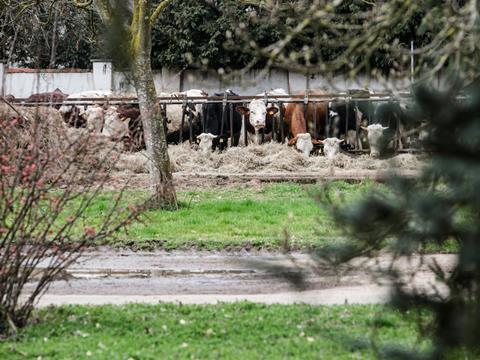
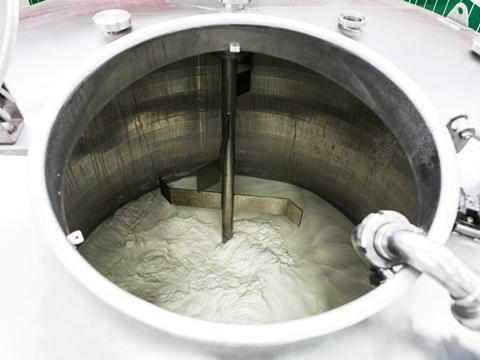
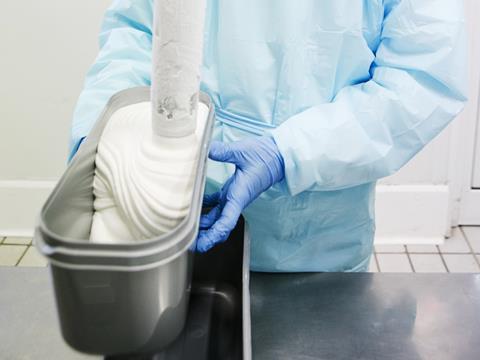
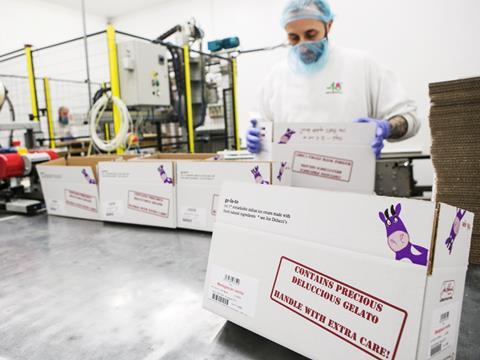

Technically, Delucci’s isn’t ice cream (in fact, some lines are non-dairy); it’s traditional Italian gelato and sorbet. And so it stands out among the likes of Häagen-Dazs and Ben & Jerry’s. “This is worlds apart from typical ice cream in the UK,” says Joe Delucci’s CEO Richard Pierce, handing me a pot of freshly churned vanilla gelato at the factory of the brand’s manufacturing partner Menodiciotto in Turin, Italy.
Authenticity
He’s right. This isn’t the sort of ice cream you’d expect most Brits to buy on deal and scoff on the sofa. It’s creamy and dense yet still refreshing; the vanilla is intense without being cloying. This is proper Italian ice cream. And it’s delicious.
Now Joe’s wants to educate the British public. “The dream was to develop a brand of authentic Italian gelato,” says Pierce, who presides over a £5m a year business, comprising an 18-strong estate of gelataria, foodservice and grocery accounts and a deal to supply Tesco with Delucci’s branded and Tesco Finest gelato. “There’s a hunger for genuine Italian gelato and it’s growing.”
Capacity investment
Indeed, Menodiciotto is looking to increase production capacity to keep up with soaring demand. That doesn’t just mean the company needs to invest in more equipment and freezer space (it’s currently looking for another site close to its existing plant); it also means it needs more cows.
“We only use milk from Montbéliarde cows: they give less milk than Friesians, but higher fat content and better fl avour,” says Marzia Grassi, whose father Luca set up Menodiciotto to supply Turin’s restaurants in 1986. “We now own 75 cows. The plan is to have enough to produce all the milk we need, but it can be difficult to find the balance between supply and demand.”
The challenge is this: Menodiciotto’s herd is fed with a mixture of Alpine grass and soya, not cheap corn byproducts, making sourcing extra milk at times of peak demand for gelato expensive and requiring the company to sell off excess milk stocks at times of surplus at too low a price. More cows would mean greater security, so long as demand for the gelato continues to grow.
So Pierce is now on the hunt for more supermarket listings. “The retail kiosks have been the foundation of the business,” he says. “We’ve put them in retail centres in high footfall locations across the UK – 15 to 25 million people footfall sites. This has built awareness of the brand. Now we want to build volume in the supermarkets.”
Brand awareness
The approach makes sense. Few start-ups have the cash to compete with the multimillion-pound advertising budgets of the ice cream giants. By building up its own estate, Delucci’s has been able to build brand awareness and foster the UK’s growing appetite for gelato. But there’s a limit to how many outlets it can sustain.
“I’m not Greggs,” says Pierce. “The question is: does the site work? In some towns people would rather go for a 99p McFlurry and just don’t get it; those places aren’t for us. I’m cherrypicking sites all the time; if it doesn’t work we’ll move on.”
Delucci’s estate stretches from Glasgow to Jersey and accounts for the bulk of sales. Wholesale is the next biggest part of the business, with the brand supplied to foodservice through Bidvest and Brakes. Since 2012, Joe’s has supplied the Nando’s chain. Grocery is the third-biggest sales source; Nielsen puts Delucci’s branded sales (not including Tesco Finest) at just over £300,000 for the year to 3 October 2015, up 71% on volumes that have more than doubled.
Distribution gains
Pierce says sales are still soaring, thanks to growing distribution through Tesco, increasing demand for quality ice cream and keen pricing. Ice cream is a land of giants; Brits spent just over £900m on ice cream in the supermarkets last year [Nielsen]; £440.4m of that went to one company: Ben & Jerry’s owner Unilever. The price has to be right if you’re going up against such giants, says Pierce.
“If you want to appeal to the public you have to go on offer,” he says. “If that means next to nothing is being made it becomes a brand awareness exercise, but you still have to do it. If people see you and buy on offer they will come back because the ice cream tastes amazing. You can’t expect to go up against the big boys and not go on offer. This isn’t about making the best margin at any price. We will not sacrifice quality.”
Which is good news, not just for ice cream buying Brits, but also for Menodiciotto’s herd of Montbéliarde cows.
10 Things You Need To Know About... Ice Cream
- 1
- 2
- 3
- 4
- 5
- 6
 Currently reading
Currently readingThe Italian job: Joe Delucci's sales double as gelato booms
- 7
- 8
- 9
- 10







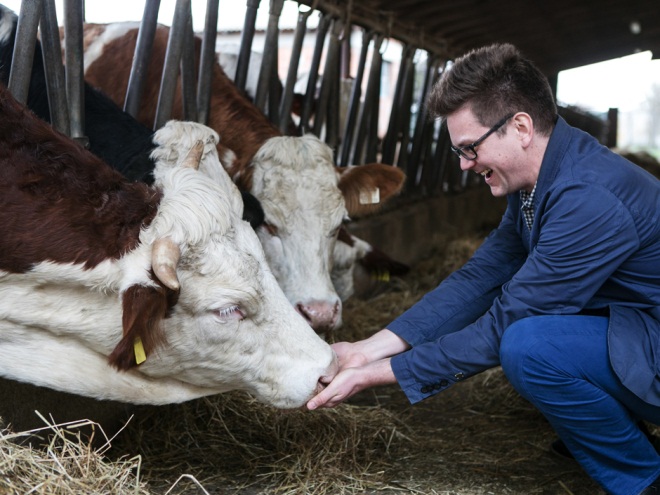









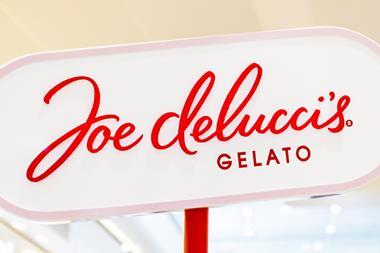
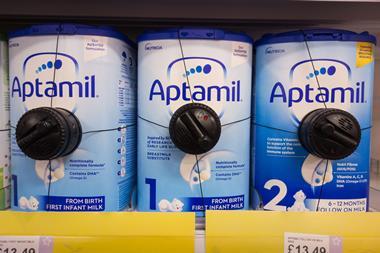
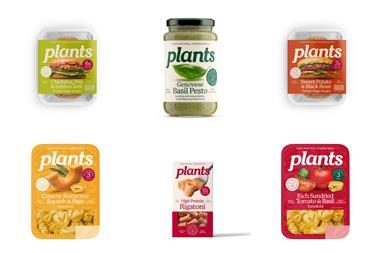
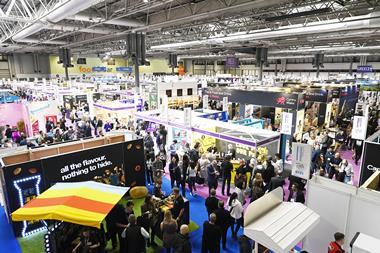
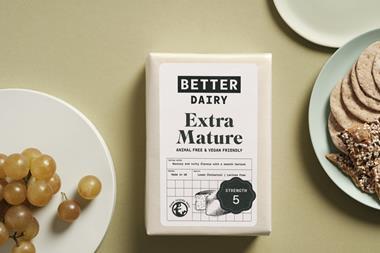


No comments yet